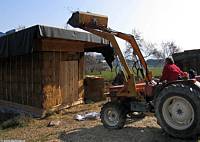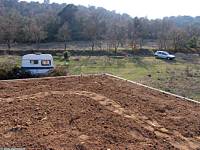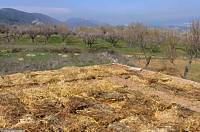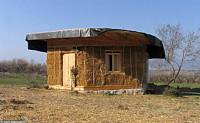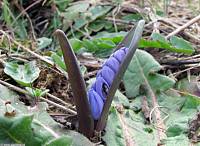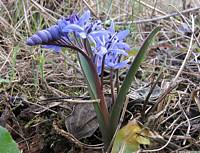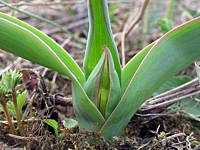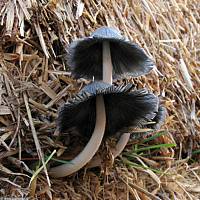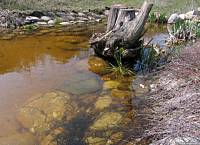|
|
Nature
Switched On
|
|
|
introduction |
2009 March 14 to 16, Saturday to Monday
|
|
|
The soil was extended on top of the
layer of expanded
clay pellets (Arlita). I planted Sedum and
Sempervivum species (Sedum sediform
|
||
| The soil
spread on the roof with the markings of a 'service' path. Looking west. Sunday 16:11 |
Compressed 'books' of straw taken from bales create more favourable conditions for the planted Sedums. Looking north-west. Monday 12:50 |
|
|
The layer of soil is only about 5 cm thick but it exerts
quite a weight on the walls. The white Cordstraps lost their tension
and hung loosely. It also became clear that some corrections need to
be made, probably with heave stones on the roof and
|
||
|
The wooden window with blinds
(100x120cm) was bought (€110). Sunday 16:06 |
||
|
More news from the bulb
plot. All 5 bulbs of the blue Scilla bifolia,
planted last autumn, started to flower. Native for countries
like France and Italy, its autochthonous status for Spain doesn't
seem very clear.
|
||
|
The two leaves of Scilla bifolia nicely embrace the
unbuttoning flowers. Saturday 16:18 |
||
|
Scilla bifolia. Saturday 16:21 |
Emerging flower of
Tulipa sylvestris. |
|
|
Wet straw bales are an ideal growing medium for mushrooms and these days there was a surprising proliferation of an Inky cap species (Coprinus). They appear overnight and disappear equally fast when the sun starts to shine on them.
|
||
|
Coprinus species in a
wet, decaying strawbale together with some germinating barley. Sunday 7:51 |
||
|
The upper pond was full of spawn from the Natterjack toad (Epidalea calamita),
especially in the shallow, warmer section. T |
||
|
Spawn of the Natterjack toad in
the upper pond. Looking north-west. Monday 12:56 |
||
|
introduction |
|
